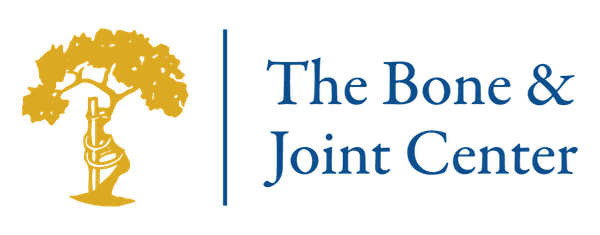Minimally Invasive Lateral Access Spine Surgery
Introduction
Anatomy
The back part of each vertebra arches to form the lamina. The lamina creates a roof-like cover over the back opening in each vertebra. The opening in the center of each vertebra forms the spinal canal. The spinal cord, nerves, and arteries travel through the protective spinal canal. The spinal cord and nerves send messages between your body and brain.
Intervertebral discs are located between the cervical, thoracic, and lumbar vertebrae. Strong connective tissue forms the discs. Their tough outer layer is the annulus fibrosus. Their gel-like center is the nucleus pulposus. A healthy disc contains about 80% water.
Causes
Symptoms
Treatment
First, the surgeon makes a small incision on the side flank. Dilators that provide electromyographic (EMG) data navigate the surgeon towards the spine. Retractors gently spread the muscles to access the spine.
Once the appropriate area of the spine is reached, the required surgery can be performed. Finally, the retractors are removed, and the incisions are closed.
Recovery

Copyright © - iHealthSpot Interactive - www.iHealthSpot.com
This information is intended for educational and informational purposes only. It should not be used in place of an individual consultation or examination or replace the advice of your health care professional and should not be relied upon to determine diagnosis or course of treatment.
The iHealthSpot patient education library was written collaboratively by the iHealthSpot editorial team which includes Senior Medical Authors Dr. Mary Car-Blanchard, OTD/OTR/L and Valerie K. Clark, and the following editorial advisors: Steve Meadows, MD, Ernie F. Soto, DDS, Ronald J. Glatzer, MD, Jonathan Rosenberg, MD, Christopher M. Nolte, MD, David Applebaum, MD, Jonathan M. Tarrash, MD, and Paula Soto, RN/BSN. This content complies with the HONcode standard for trustworthy health information. The library commenced development on September 1, 2005 with the latest update/addition on February 16, 2022. For information on iHealthSpot’s other services including medical website design, visit www.iHealthSpot.com.

